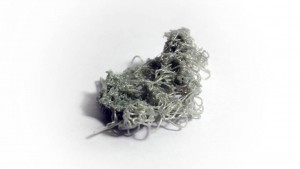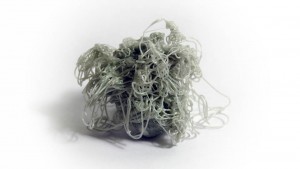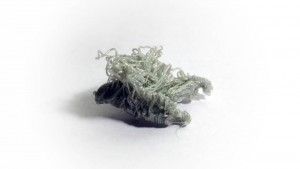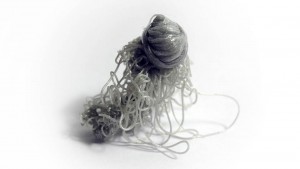Monthly Archives: January 2015
Pixelgroup library
Pixelgroup is a library to group pixels in a LED-strip. It is intended to be used in the Arduino framework together with a pixel-strip library like Adafruit_NeoPixel or Adafruit_WS2801 but can be used for any kind of backend. The PixelWriter class can be used to write into a uint8_t array. The PixelWriterInterface can be used to subclass existing pixelstrip-writers or to build your own.
Pixelgroup has four basic classes:
PixelgroupBase:
– basic pixelgroup
– can set color
– If you just need to set a color in groups, use this
PixelgroupEaser:
– based on PixelgroupBase
– can do colorfades
PixelgroupStrobe:
– based on PixelgroupBase
– can strobe
Pixelgroup:
– based on PixelgroupBase
– can do colorfades
– can strobe
– can flicker
Packetizer library
Packetizer is a class written in c++ to analyze data for a start and/or end condition. If both, start- and end-condition is met the data between start and end is returned via a callback function as raw bytes.
It is useful for serial communication where data-packets have a distinct start and/or end pattern. Each of the conditions can be several bytes long. With three callbacks it is possible to get informed if a packet starts, get the packet-data and get informed on buffer overflows.
| Example | demonstrates |
|---|---|
| simple_packets | show basic functionality of Packetizer |
| simple_proto_send_receive | the use to control another remote Arduino controls LED 13 on a remote Arduino |
| simple_proto_send_receive_2 | based on simple_proto_send_receive shows the use of byte-pair packets controls the brightness of LEDs on a remote Arduino |
throw your phone – 2014
proposing a ritual for new years
throw your smartphone to generate a random object. a 3d-printer turns the digital data into objects. it is like pouring lead, but very modern.
interpret the resulting object to foresee your upcoming year.
some results from the new years party in 2014:








